At the winter quarter board of trustees meeting on Feb. 6, University leaders laid out a vision of what Clemson University looks like in the near future, from continuing to manage finances to rethinking revenue growth strategies, growing enrollment, tackling employee food insecurities and more.
“Clemson has never been stronger,” President Jim Clements said during the meeting.
‘We have to be realistic’: The University’s current financial position
The University is expecting an upgraded bond rating in spring 2025, according to Rick Petillo, Clemson’s chief financial officer and vice president for finance, in a presentation to the board of trustees.
Clemson spends 45% less per graduate than the top 25 public universities and keeps administrative costs 40% lower per student, according to Petillo. The policies help to keep the University running efficiently.
The University’s revenue has doubled since 2013, growing at an annualized rate of 7.2%. Since 2022, revenue has surged 26%, but projections show a decrease to around 6% growth for fiscal year 2025. Petillo acknowledged various financial hurdles ahead, from unpredictable federal funding to the ever-changing world of collegiate athletics.
Student tuition makes up the University’s largest source of revenue, but the University cannot rely on increasing student tuition to cover budget needs due to various limits in place that prevent tuition from being raised beyond a certain point.
Therefore, the University must find other ways to generate funding or cut costs when necessary, Petillo shared.
“We’re in a strong position, but we have to be realistic about the road ahead,” Petillo said.
Upcoming shifts in financial operations
Since December 2024, the University has cut projected expenses by $20 million through hiring controls, tighter spending caps and a change toward an actuals-based financial system that aligns spending more closely with real revenue, according to Petillo.
“Clarity and communication are key,” a board of trustees member noted, emphasizing the importance of transparency in budget decisions.
Petillo also pointed out that PeopleSoft, the University’s current financial management system, is outdated and in need of an overhaul. As the University continues to refine its budgeting process, Petillo noted that upgrading to a modernized system will be necessary for maintaining efficiency and accuracy in financial operations.
Potential revenue growth strategies beyond tuition
Petillo also discussed strategies for revenue growth besides increasing tuition. One strategy includes expanding online education, which could offer potential long-term gains. Another strategy is the addition of a summer semester, which would help reduce the cost and time for students to graduate.
As of right now, only 45,000 of the 700,000 undergraduate credit hours that students earn are during the summer.
The primary barriers to a summer semester, Petillo outlined, include the fact that the current spring and fall semester timeline does not allow enough time for a full summer semester.
Additionally, students tend to prefer the traditional “summer off” experience, meaning that there might not be enough overall interest in a summer semester.
However, by modifying schedules to align with the students’ scholarship timelines and making summer offerings more appealing, the University hopes to ease fall semester congestion while helping students graduate faster.
“We’re not just looking at this as a financial move — it’s a win for students, too,” Petillo said.
Clemson Elevate: Growth, research and smarter facility use
During Petillo’s presentation, he touched on the status of Clemson Elevate, a 12-year plan to “deliver the No. 1 student experience,” according to Clemson’s website. The plan is still in full swing and is currently emphasizing enrollment growth, campus development and research expansion.
The University is targeting a steady 2% enrollment increase each year through 2035 to push the student population past 36,000. With this comes making smarter use of existing facilities while also expanding research initiatives that position the University as a leader in innovation, Petillo shared.
Additionally, Clemson plans to maintain the current on-campus residence status in which sophomores are not required to live on campus, but there are still options to accommodate those who want to.
Addressing employee needs through The Nook
Beyond finances, Petillo also presented Clemson’s new initiative, The Nook, which was established in December 2024. The initiative is an employee-focused food pantry that is designed to support Clemson employees who face food insecurities or financial burdens.
The Nook was implemented due to increasing need among Clemson’s faculty and staff and provides numerous necessities such as nonperishable food items, household products, toiletries and more.



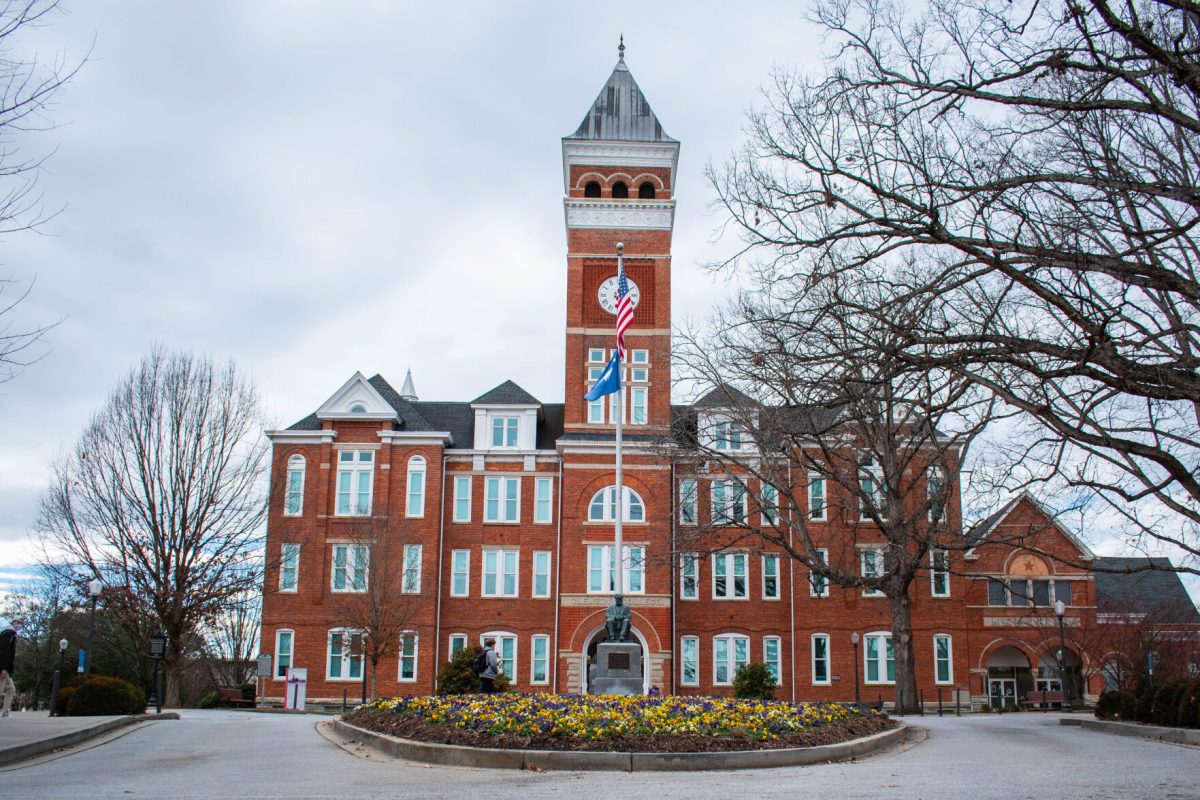
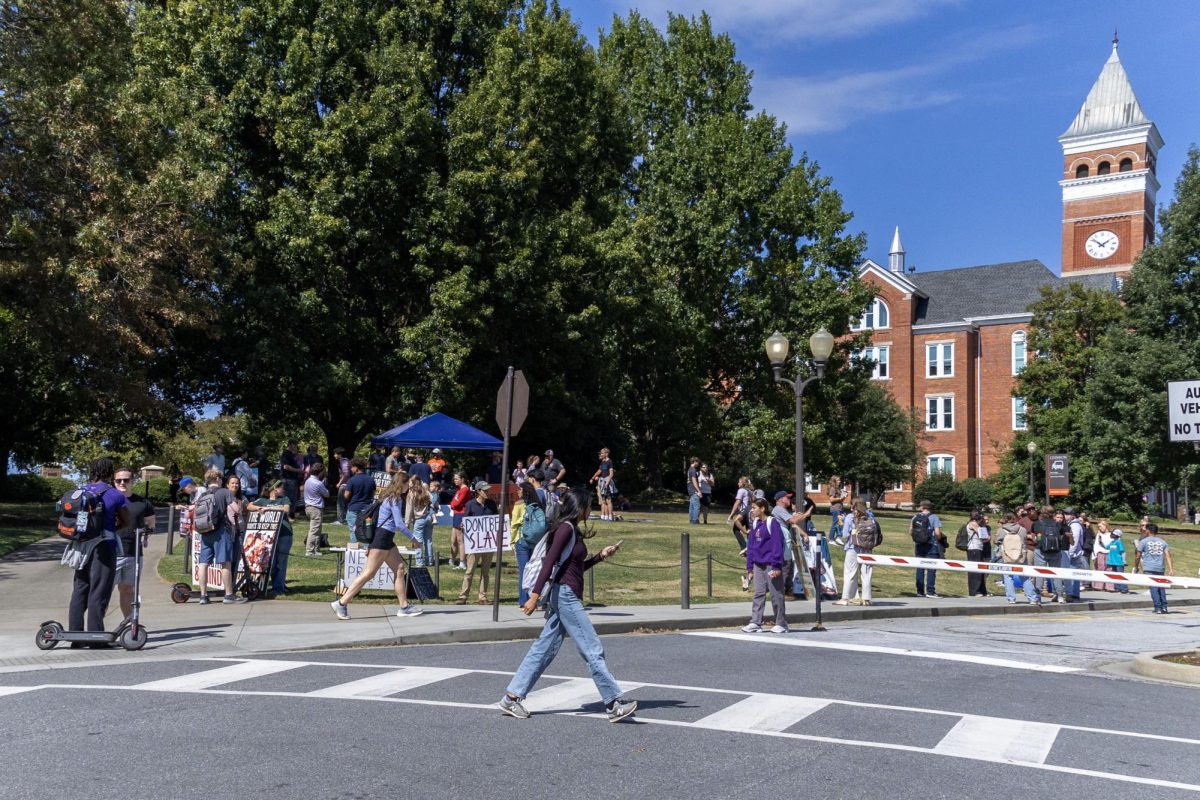
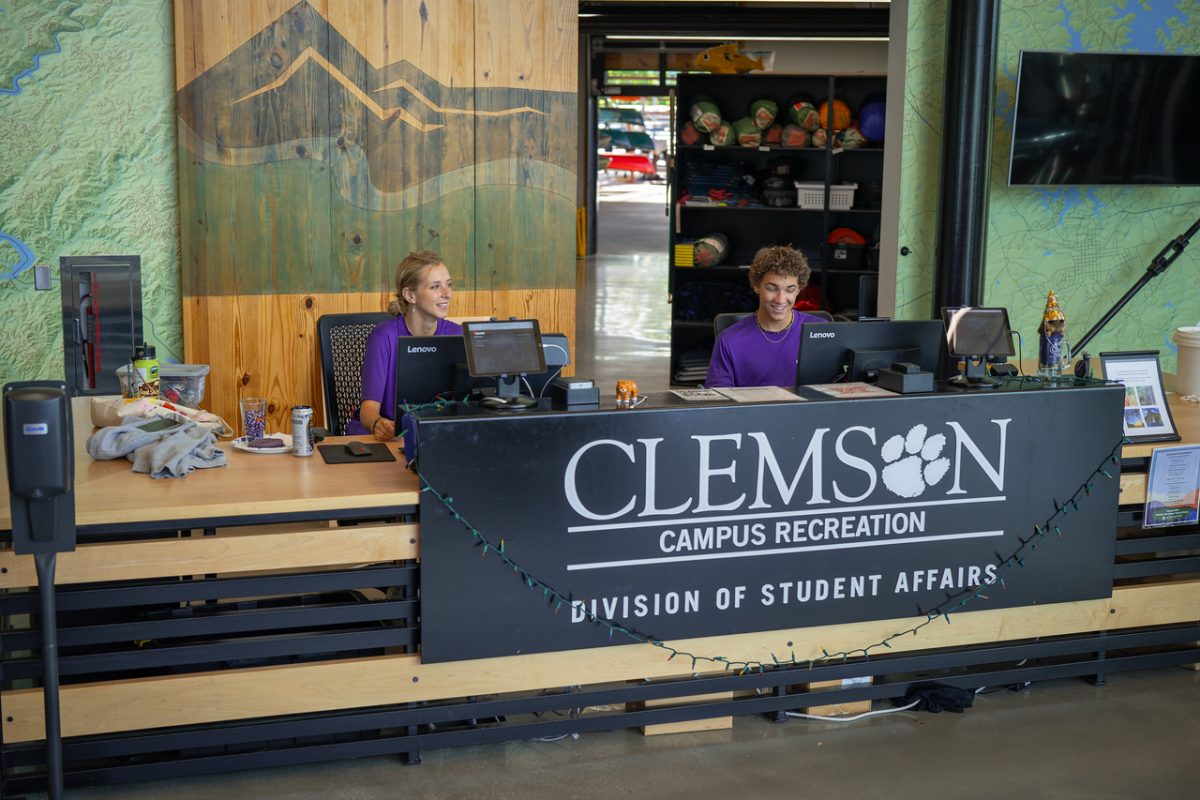
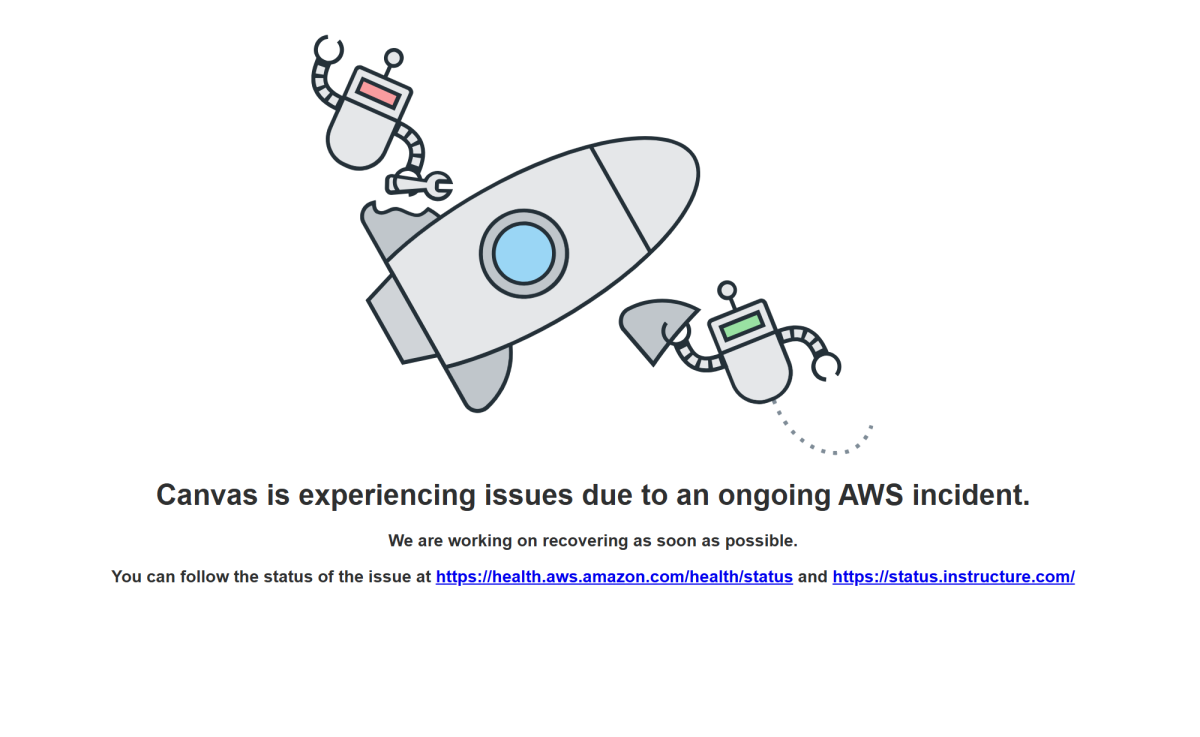
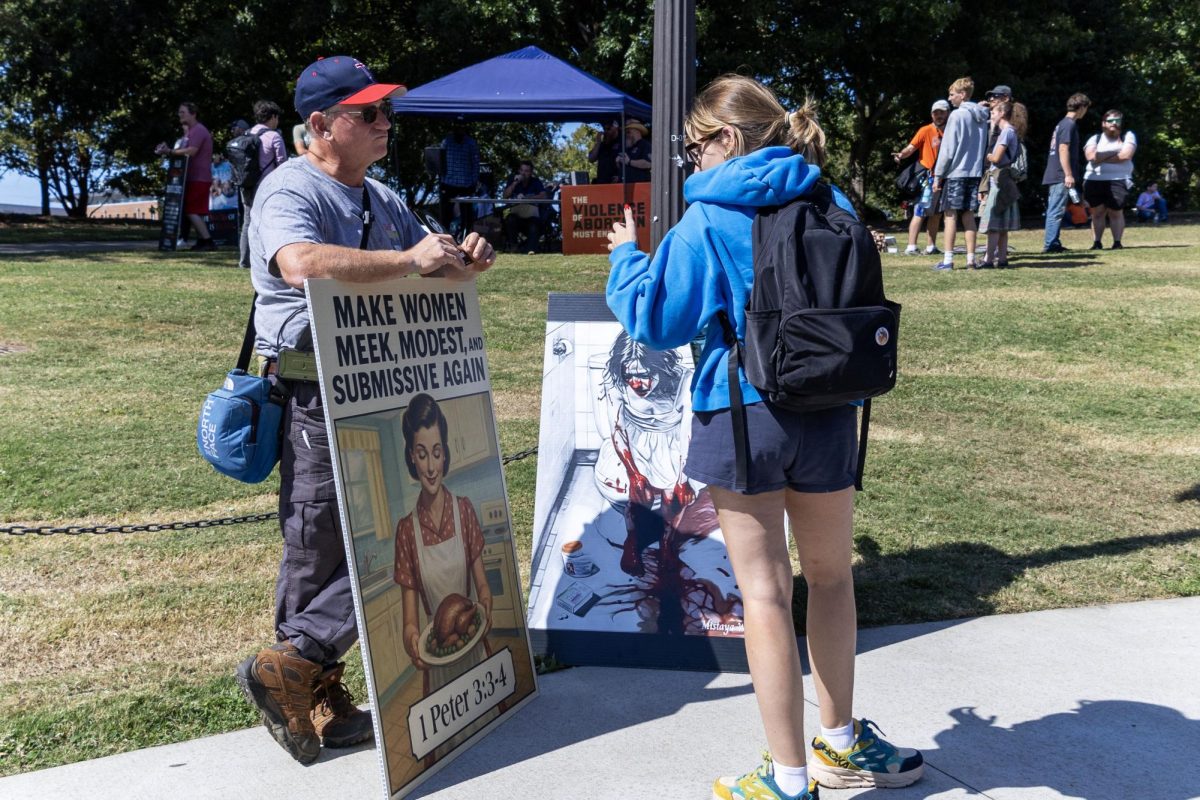





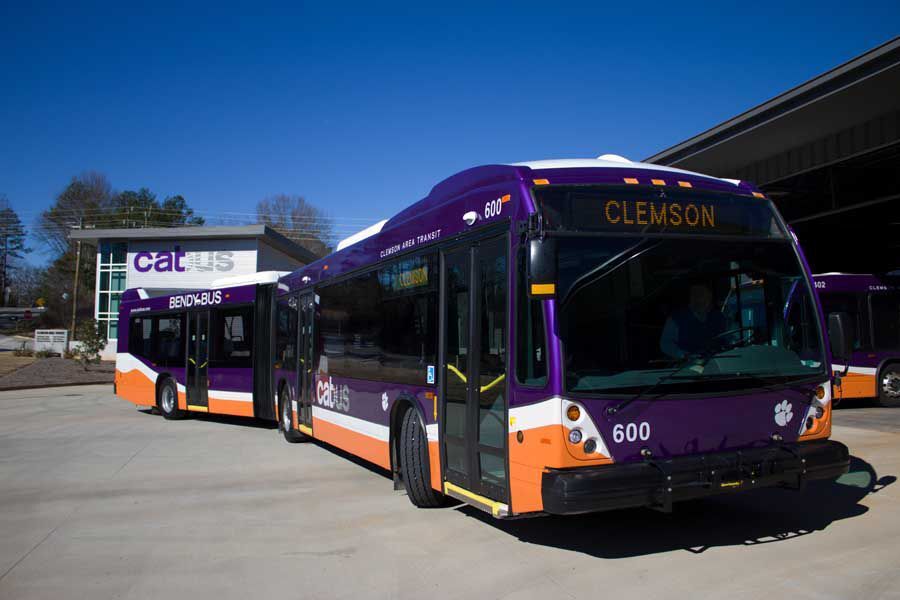

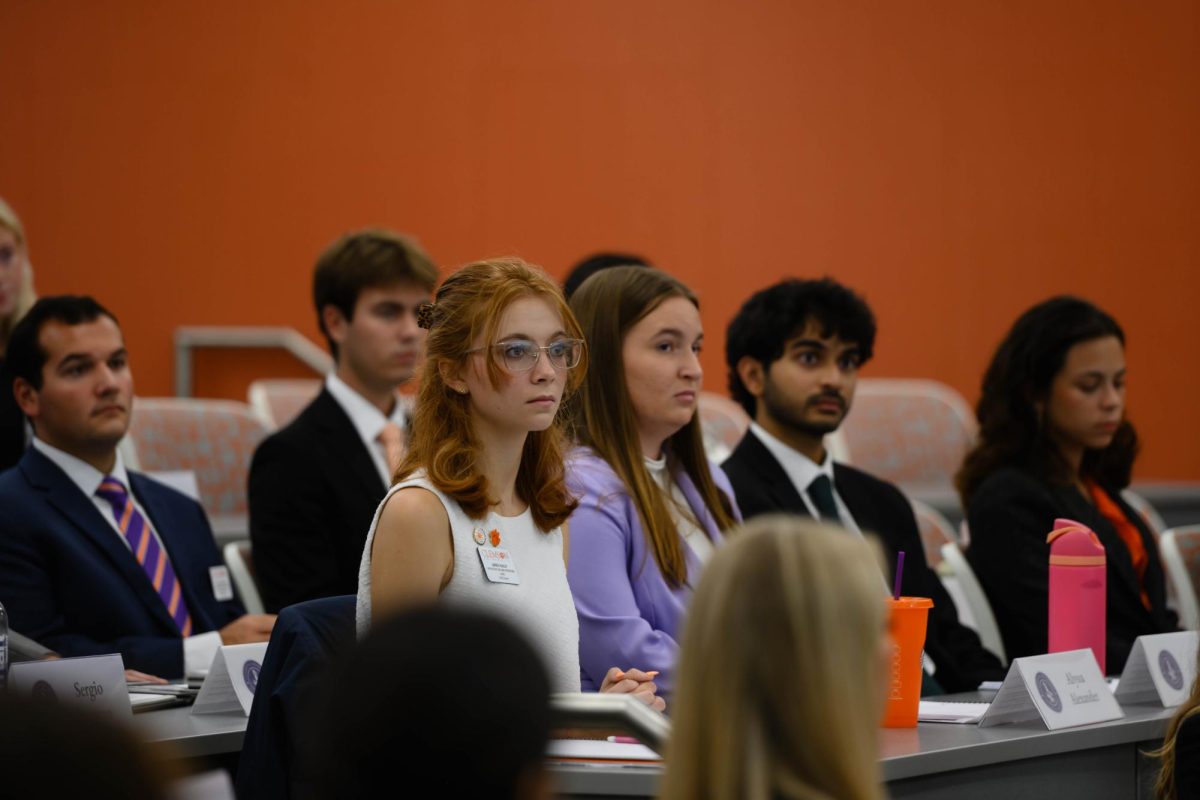
Geoff Gilson • Feb 15, 2025 at 10:29 am
Thank you, Clemson admin, for finally realizing that student fees are not a neverending cash cow. However, I do not understand the approach to cutting costs. Why is Clemson not making room for more expenditure on the issues that support existing students (counseling, Redfern, dining, stipends), rather than simply making the university look good with more enrollment, vanity building, and student support for sports (that $150 per semester athletics fee?). Oh. Hang on. I just answered my own question. It’s election time. That’s the time for slogans. The time for hard work is after. So, I hope that those who are elected to student government will increase focus on amplifying the student voice, so as to achieve measurable progress in truly elevating the student experience, and not merely improving the university’s Instagram profile. Student representation on the Clemson Board of Trustees would be a good start. Students deserve to be in the room where these finance decisions are being made, since “Student tuition makes up the University’s largest source of revenue.”